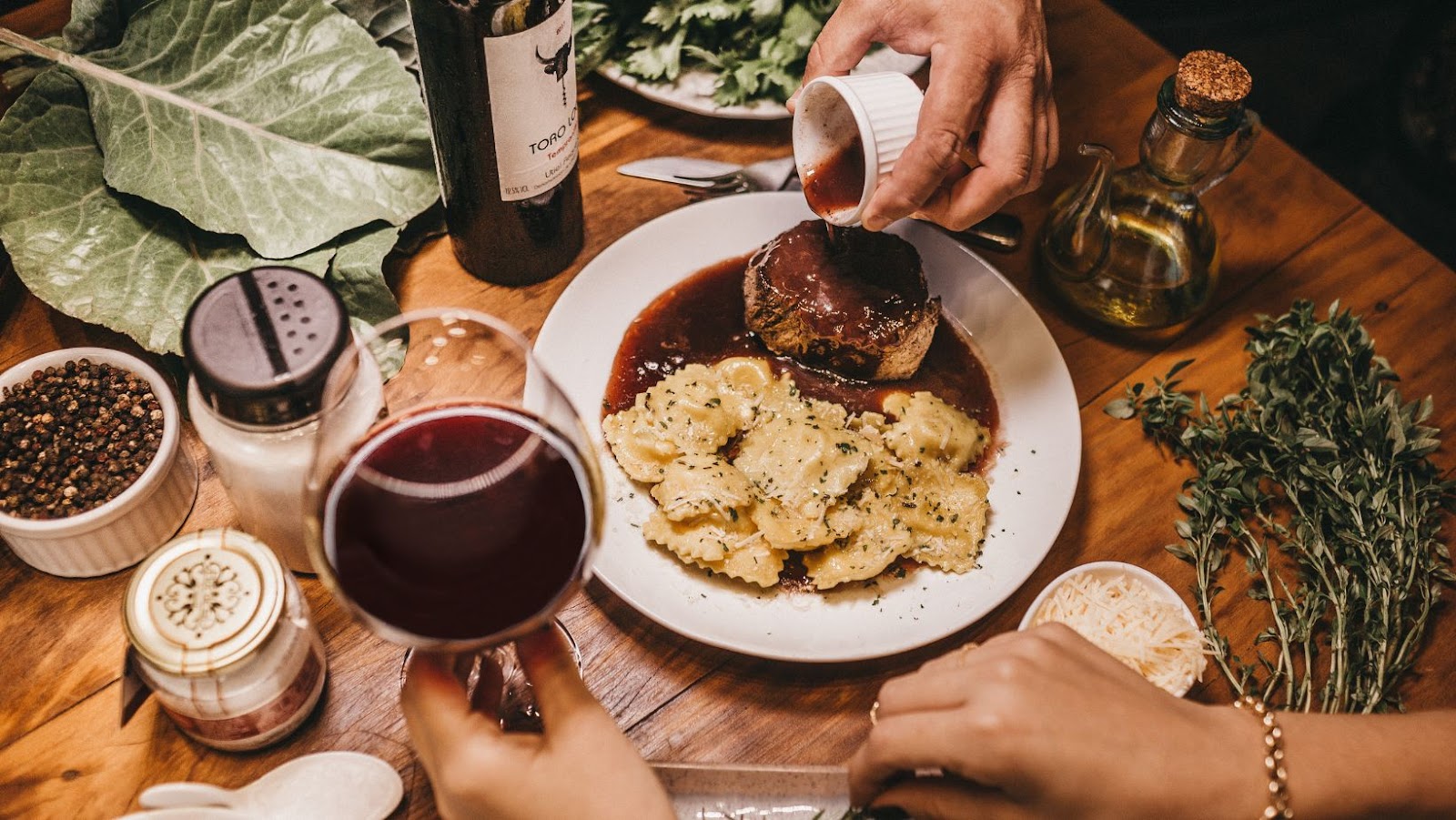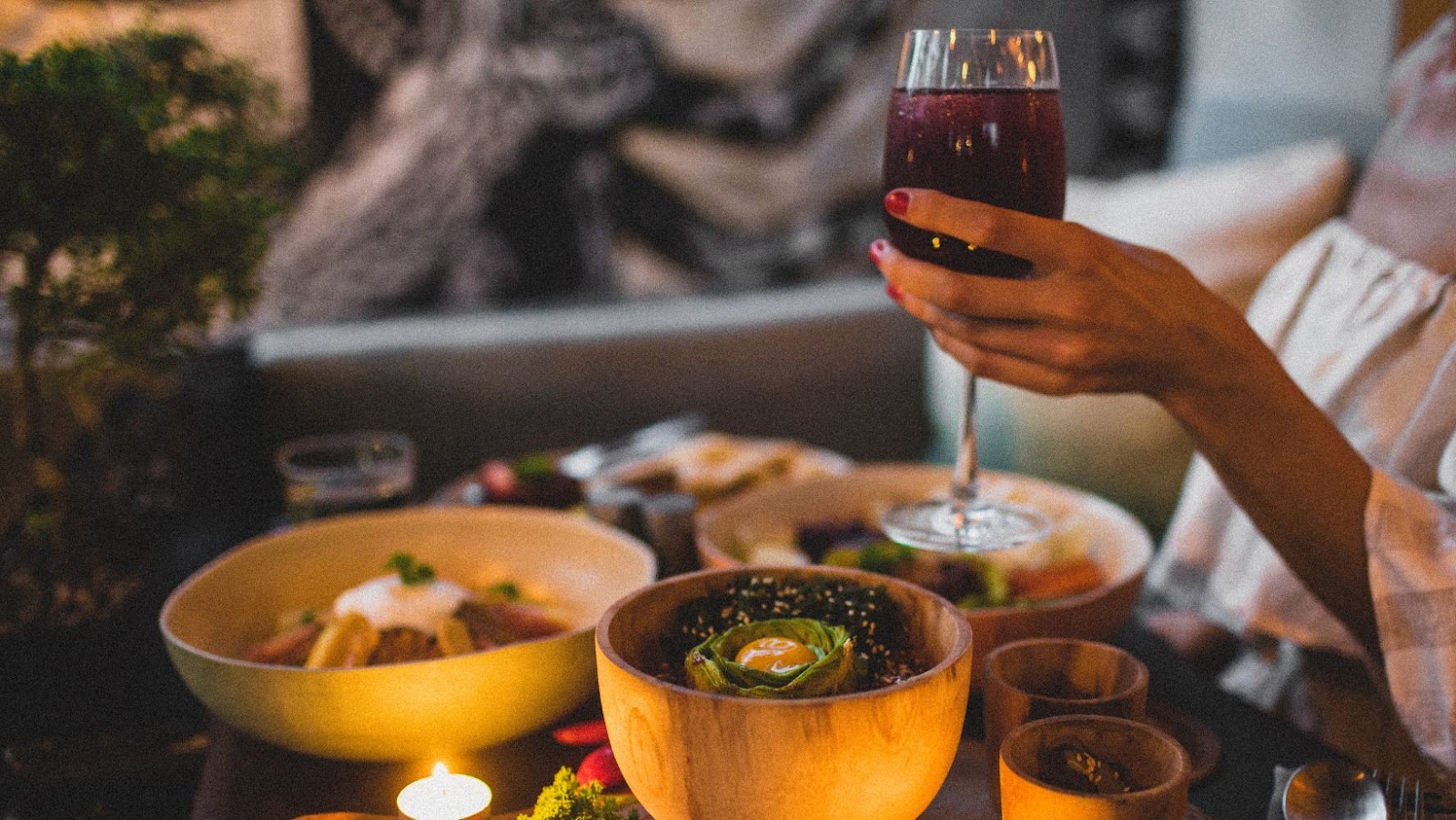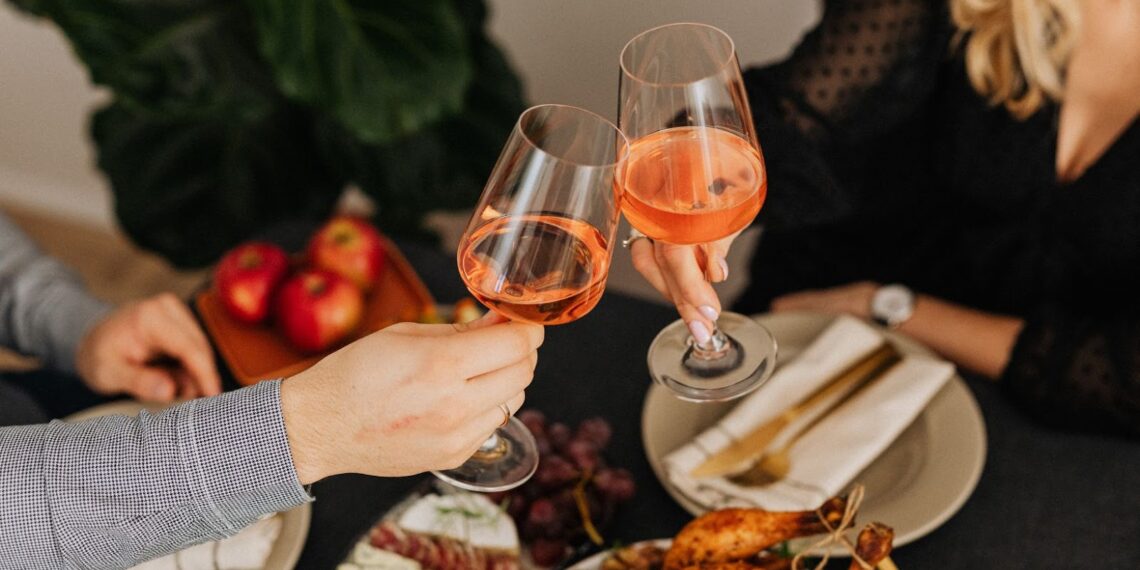Do you want to elevate your dining experience and discover how to perfectly pair wine with food? Are you looking for ways to enhance the flavors of a meal by carefully selecting the appropriate type of vino? If so, you’ve come to the right place.
In this article, we will discuss tips and strategies for pairing wine with different types of foods to maximize flavor. We will look comprehensively at various wines worldwide and explore their unique characteristics specifically designed for certain dishes. By carefully selecting specific wines based on food flavors and textures, connoisseurs can enjoy an even more heightened eating experience.
Understand the Basics of Wine and Food Pairing
Wine and food pairing is an art form that requires understanding the complex interplay between flavors, textures, and aromas. While there are no hard and fast rules when it comes to pairing wine and food, there are certain principles that can guide your choices. One of the most important considerations is the weight of the food and wine. Heavier dishes, such as rich stews or roasted meats, pair well with full-bodied, tannic wines like Cabernet Sauvignon or Syrah.
Lighter fare, such as fish or poultry, pairs well with crisp, acidic wines like Sauvignon Blanc or Chardonnay. Other factors to consider include the acidity of the food, the sweetness of the wine, and the intensity of the flavors. With some knowledge and experimentation, wine and food pairing can become a thrilling adventure that enhances your enjoyment. Check out https://cellarswineclub.com/ for more info.
Consider the Taste and Intensity of the Wines You Choose
When selecting a wine to pair with food, it is crucial to consider the intensity and flavor of the wines you choose. For instance, solid and tannic wines such as Cabernet Sauvignon or Syrah are best paired with heavier dishes that stand up to their bold flavors. These wines are also great for serving alongside aged cheese or charcuterie platters.

On the other hand, aromatic and fruity wines such as Riesling or Pinot Noir pair well with lighter fare like fish and vegetables. These wines may not be able to stand up to intense flavors in certain dishes but can add an extra layer of complexity when served alongside more delicate foods.
Utilize Seasonal Ingredients for Maximum Flavor
One of the best wine and food pairing strategies is to utilize seasonal ingredients. Eating seasonally provides access to the freshest produce and can lead to exciting flavor combinations when paired with a specific type of wine. For instance, springtime dishes such as asparagus or artichokes pair perfectly with crisp, acidic wines like Sauvignon Blanc or Chardonnay.
Similarly, autumnal dishes such as squash or root vegetables pair nicely with full-bodied reds like Cabernet Sauvignon or Syrah. Seek out local farmers’ markets wherever possible to ensure that you are selecting only the highest quality ingredients for maximum flavor. By taking advantage of the bounty of nature’s offerings, you can create a truly memorable dining experience.
Think About How Different Textures Interact
When considering how different flavors interact in wine and food pairing, it is vital to consider the different textures of the food and the wine. Textures such as sweetness, acidity, tannin, and oak can all play a role in creating exciting flavor combinations. For instance, sweet wines such as Riesling or Moscato can enhance the natural sweetness of a dish when paired with certain fruits or vegetables.
Acidic wines such as Sauvignon Blanc can help to cut through fat or creaminess in dishes such as risotto or pasta carbonara. Similarly, tannins in full-bodied reds like Cabernet Sauvignon act as an astringent that can help balance out the richness of certain dishes. Experimenting with different textures and flavors is a great way to explore wine and food pairing.
Consider Serving Size and Balance for Finest Results
Another critical factor in wine and food pairing is the size of each serving. Generally speaking, it is best to match the intensity of the wines with that of the dish. For instance, lighter dishes such as salads or fish should be paired with light-bodied wines like Pinot Grigio or Sauvignon Blanc. Conversely, heavier dishes like beef stew or roasted pork loin pair well with full-bodied reds such as Cabernet Sauvignon or Syrah.

It is also essential to balance the flavors and textures in both the food and the wine to create a harmonious flavor profile. When selecting your wines, consider how they will interact with your palate when paired with the dishes you serve. With some practice, you can create flavorful and enjoyable pairings that both foodies and wine enthusiasts will enjoy.
Experiment With Different Combinations to Find Your Perfect Match
The most important rule regarding wine and food pairing is to experiment. Feel free to try different combinations to find the perfect match. There are no hard and fast rules when selecting wines for certain dishes, so feel free to explore different options until you find a combination that works for you.
With some practice, you will soon become an expert at creating flavorful and enjoyable pairings that both foodies and wine enthusiasts can appreciate. So don’t be afraid to get creative and explore all the possibilities. The best way to learn about wine and food pairing is through experimentation—so what are you waiting for? Let the exploration begin.













